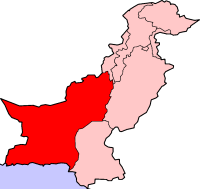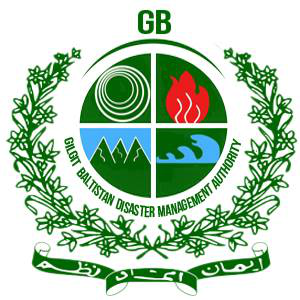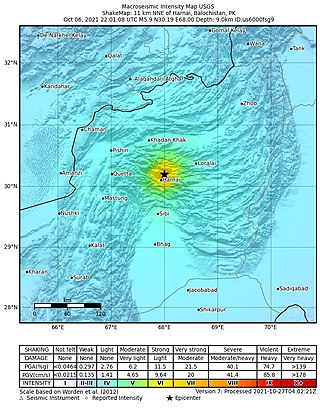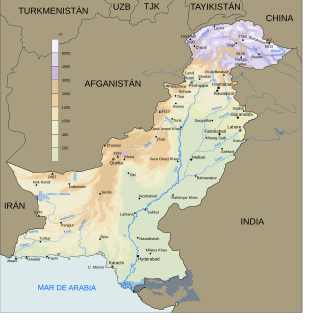
Emergency management or disaster management is the managerial function charged with creating the framework within which communities reduce vulnerability to hazards and cope with disasters. Emergency management, despite its name, does not actually focus on the management of emergencies, which can be understood as minor events with limited impacts and are managed through the day to day functions of a community. Instead, emergency management focuses on the management of disasters, which are events that produce more impacts than a community can handle on its own. The management of disasters tends to require some combination of activity from individuals and households, organizations, local, and/or higher levels of government. Although many different terminologies exist globally, the activities of emergency management can be generally categorized into preparedness, response, mitigation, and recovery, although other terms such as disaster risk reduction and prevention are also common. The outcome of emergency management is to prevent disasters and where this is not possible, to reduce their harmful impacts.

The Government of Balochistan is the provincial government of the largest province of Balochistan, Pakistan in Quetta. The head of the province is the Governor, who is nominated by the President of Pakistan. The chief executive of the Government of Balochistan is the Chief Minister who is elected by the Balochistan Assembly and the administrative boss of the province is the Chief Secretary of Balochistan who is appointed by the Prime Minister of Pakistan.

Lieutenant-General Nadeem Ahmad is a retired senior three-star ranking general officer who is famed and widely honored for planning and coordinating the relief and reconstruction non-combatant military operations after the devastating earthquake of October 2005. Securing the appointment as the director of Federal Relief Commission of Pakistan Army, his credentials secured him the directorship of the Earthquake Reconstruction and Rehabilitation Authority (ERRA). After serving in the military for nearly 40 years, he was duly appointed as the chairman of the National Disaster Management Authority (NDMA); his efforts included the successful disaster management and preparations to contain the nationwide 2010 floods and coordinate the rescue operations in the Hunza Valley, Attabad Lake, and the Airblue crash.

The Ministry of Interior of the Kingdom of Thailand is a cabinet-level department in the Government of Thailand. The ministry has wide ranging responsibilities. It is responsible for local administration, internal security, citizenship, disaster management, road safety, land management, issuance of national identity cards, and public works. The ministry is responsible for appointing the 76 governors of the Provinces of Thailand. The Minister of Interior is the head of the ministry. He is appointed by the King of Thailand on the recommendation of the prime minister. Since 30 August 2014, the head of the ministry has been retired General Anupong Paochinda. He is aided by two deputy ministers. The FY2019 budget of the ministry is 371,802 million baht.

The National Disaster Response Force (NDRF) is an Indian specialized force constituted "for the purpose of special response to a threatening disaster situation or disaster" under the Disaster Management Act, 2005. The "Apex Body for Disaster Management" in India is the National Disaster Management Authority (NDMA). The Chairman of the NDMA is the Prime Minister.

Mohan Kanda is an Indian civil servant. He is an Indian Administrative Service officer of the 1968 batch. He retired as Chief Secretary of Andhra Pradesh in 2005. He is working as a member of National Disaster Management Authority.

The 2011 Balochistan floods started from the last week of February and continued until the first week of March. Balochistan province was already badly affected from last year's devastating floods as UNHCR claims that 166,000 flood victims are still homeless in the province with 240 people still living in camps.
National Institute of Disaster Management abbr. NIDM, is a premier institute for training and capacity development programs for managing natural disasters in India, on a national as well as regional basis. The National Centre of Disaster Management (NCDM), constituted under an Act of Parliament in 1995; was re-designated to give the present name of National Institute of Disaster Management (NIDM) by the Disaster Management Act 2005 passed by President of India on 9 January 2006,

The National Disaster Management Authority, is an autonomous and constitutionally established federal authority mandated to deal with the whole spectrum of disasters and their management in the country.

The Disaster Management Act, 2005, No. 53 of 2005, was passed by the Rajya Sabha, the upper house of the Parliament of India on 28 November, and the Lok Sabha, the lower house of the Parliament, on 12 December 2005. It received the assent of The President of India on 23 December 2005. The Disaster Management Act, 2005 has 11 chapters and 79 sections. The Act extends to the whole of India. The Act provides effective management of disasters and for matters connected there with or incidental thereto." The main focus of this act is to provide the people who are affected with disasters, their life back and helping them.

National Disaster Management Authority, abbreviated as NDMA, is an apex Body of Government of India, with a mandate to lay down policies for disaster management. NDMA was established through the Disaster Management Act enacted by the Government of India on 23 December 2005. NDMA is responsible for framing policies, laying down guidelines and best-practices for coordinating with the State Disaster Management Authorities (SDMAs) to ensure a holistic and distributed approach to disaster management.
Severe storm hit areas of Khyber Pakhtunkhwa, Pakistan on the night of April 26, 2015. It caused considerable damage in the cities of Peshawar, Nowshera, and Charsadda. The storm featured heavy rains accompanied by hail and high-speed winds of over 120 kilometers per hour. As a result of the storm's damaging effects, 45 people were killed and over 200 were wounded.
Disaster management in India refers to conservation of lives and property during a natural or man-made disaster. Disaster management plans are multi-layered and are planned to address issues such as floods, hurricanes, fires, mass failure of utilities and the rapid spread of disease. India is especially vulnerable to natural disasters because of its unique geo-climatic conditions, having recurrent floods, droughts, cyclones, earthquakes and landslides.Due to the vastness of the country different regions are vulnerable to different natural disasters. For example, during rainy season the peninsular regions of South India is mostly affected by cyclones and states of West India experience severe drought during summer.
Provincial Disaster Management Authority (PDMA) is a Provincial government organization, which deals with natural or man-made disasters in Khyber Pakhtunkhwa of Pakistan. PDMA's mandate is to engage in activities concerning to all four stages of Disaster Management Spectrum.

Gilgit-Baltistan Disaster Management Authority (GBDMA) is an organization which deals with natural or man-made disasters in Gilgit-Baltistan, Pakistan. GBDMA's mandate is to engage in activities concerning to all four stages of Disaster Management Spectrum.
National Disaster Management Act, 2010 was passed by Parliament of Pakistan in 2010, it received the assent of the President on 8 December 2010. The Act applies to whole Pakistan including tribal areas of FATA. The Act was passed in backdrop of 2010 Floods in Pakistan and strengthen Disaster Management system.
The Pakistan Levies, or Federal Levies, are provincial paramilitary forces (gendarmeries) in Pakistan, whose primary missions are law enforcement, assisting the civilian police in maintaining law and order, and conducting internal security operations at the provincial level. The various Levies Forces operate under separate chains of command and wear distinct patches and badges.

An earthquake struck Pakistan's province of Balochistan near the city of Harnai on 7 October 2021. The moment magnitude 5.9 Mww quake struck in the early morning at 03:01 local time, killing at least 27, injuring 300, and leaving 15 missing. The earthquake occurred just one day before the anniversary of the 2005 Kashmir earthquake.

In 2016 Pakistan experienced higher rainfall than normal (10-20%), especially in the pre-monsoon season. Heavy monsoon rains are common in the region. This led to multiple periods of flooding, landslides, and damage particularly in Northern Pakistan. The Swat River overflowed and multiple landslides occurred around Pakistan including in Khyber Pakhtunkhwa, Gilgit-Baltistan, Azad Jammu, and Kashmir.













